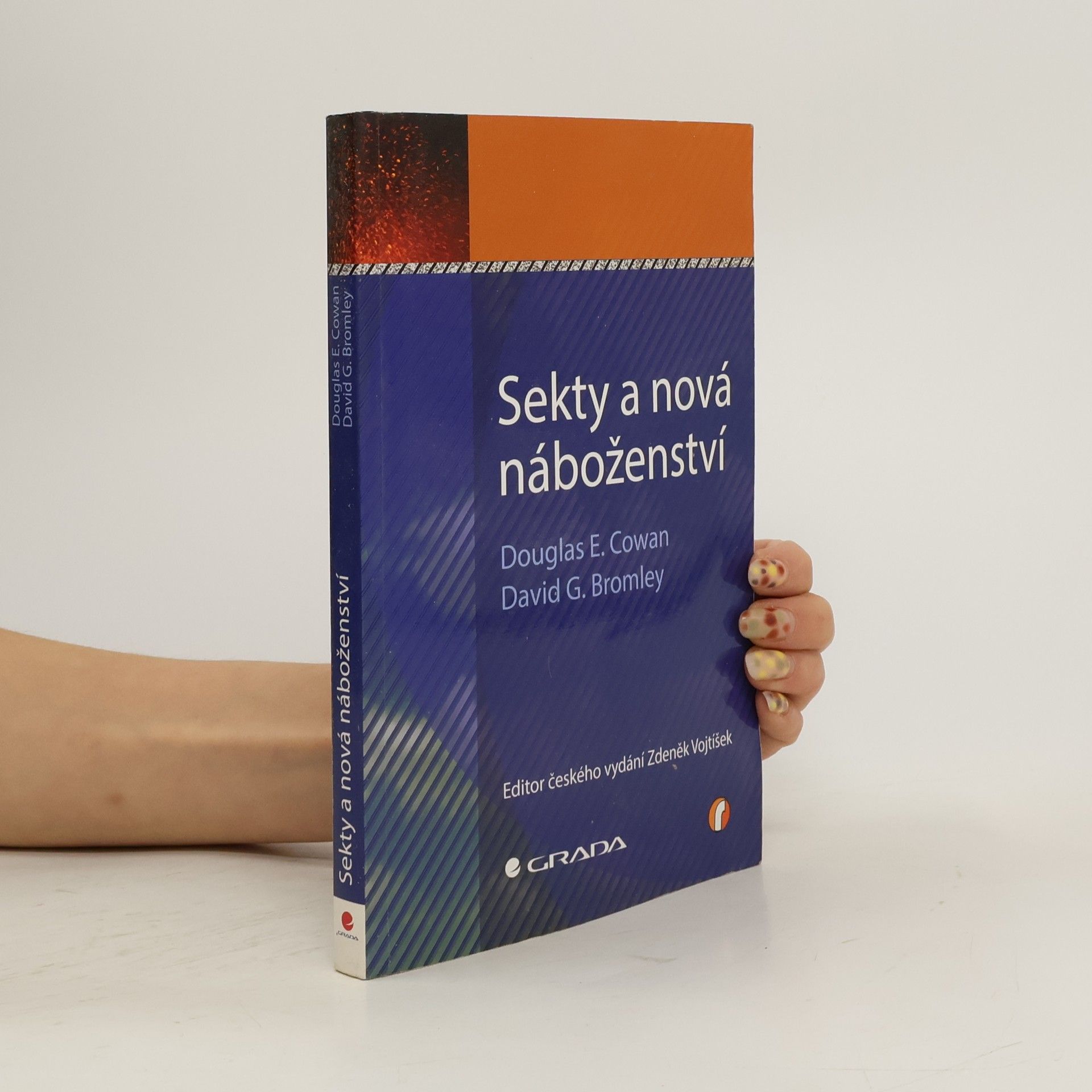Výzkum na poli sekt a nových náboženských hnutí postupuje mílovými kroky. Špičková práce světově známých a uznávaných odborníků Douglase Cowana a Davida Bromleyho shrnuje nejaktuálnější trendy v bádání a ve velmi koncentrované podobě vás seznámí s vývojem bádání v posledních letech. Na příkladech historického vývoje několika nejznámějších nových náboženských hnutí (např. hnutí Transcendentální meditace, u nás ještě málo známého společenství Ramthova škola osvícení a dalších) vás autoři provedou nejožehavějšími otázkami současných i dřívějších výzkumů a seznámí vás s aktuálním stavem odborné diskuse. Kniha je určena všem zájemcům o nová náboženská hnutí z řad laiků i odborníků, stejně tak i studentům religionistiky, teologie, psychologie, pedagogiky a příbuzných oborů.
Douglas E. Cowan Knihy



Throughout history, the religious imagination has sought to control our bodies—defining their meaning, usage, and visibility. Religious beliefs influence how bodies are utilized in rituals and how we identify and marginalize perceived threats. This book examines how horror culture portrays religious bodies that deviate from their 'proper' roles. Unlike typical studies on religion and horror, it delves into the intersections of sex, sexual representation, and the sexual body with religious belief and frightening narratives. These intersections challenge our understanding of consensus reality, revealing the religious imagination in action, particularly in supernatural horror related to the body. The discussion extends beyond horror cinema and popular fiction to include literary horror, weird fiction, graphic storytelling, visual arts, participatory culture, and real-world religious fears. It emphasizes the horror mode—a storytelling approach that transcends genres and media, blurring the lines between fiction and non-fiction. This broader perspective not only enriches the array of examples but also invites a diverse readership to engage with the material.
This Element explores the history of this movement from its origins in the anti-heresy writings of the early Church to its modern development as a reaction to religious pluralism in North America. It explains how faith-based opposition both to new religious movements and to non-Christian religions only deepens as religious pluralism increases.